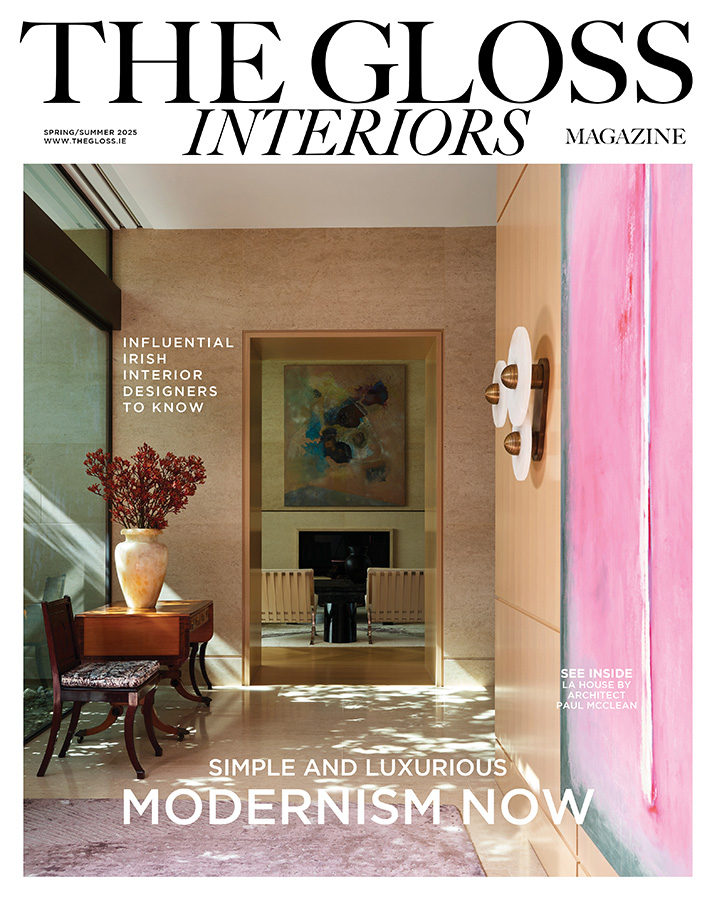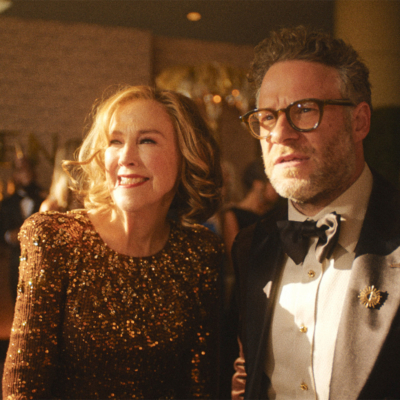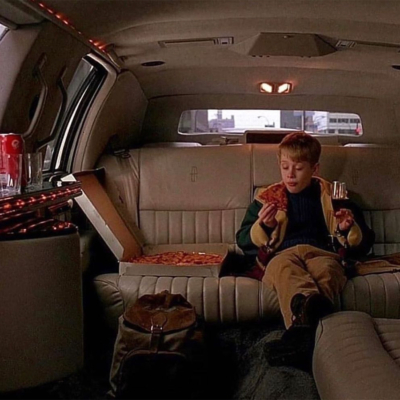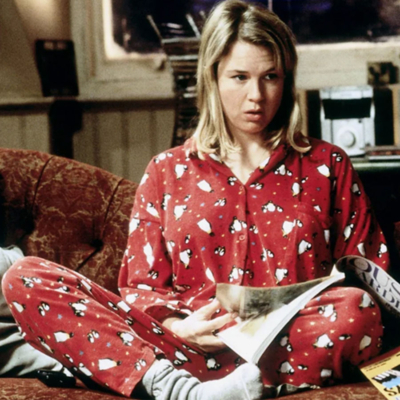Manchán Magan tells Orna Mulcahy about his travels, his interest in the Irish language and describes his home in Co Westmeath …
Raised in Donnybrook, schooled at Gonzaga College, as a young man Manchán Magan couldn’t wait to leave Ireland behind, heading first to Africa where he travelled across the continent on a flatbed truck, then setting out across the Americas, and eventually making his way to the Himalayas where he lived as a hermit. It couldn’t last and eventually he returned to live in Ireland, making frequent forays off the island for the travel and culture programmes he began to make for TV, often with his brother Ruán Magan. He has written plays in English and Irish, several travel books and a travel column for The Irish Times. His radio show, The Big Adventure, explores adventure holidays. His most recent books, Thirty Two Words for Field: Lost Words of the Irish Landscape and Tree Dogs, Banshee Fingers and Other Irish Words for Nature explore the huge variety and exuberance of the Irish language. He lives on a small holding in Co Westmeath.
ON HOME I feel incredibly fortunate to live in the Irish midlands, near Collinstown on the shores of Lough Lene in Co Westmeath. My grandmother left me £10,000 in her will and I was determined to buy ten acres somewhere in Ireland. The auctioneers in some of the snottier, more elite counties just scoffed at me, but Westmeath welcomed me in with open arms 25 years ago and still to this day I’m immensely grateful to the county and its people. I bought a ten-acre drumlin in 1997, six acres of which I planted with oak trees, while about a quarter of an acre is in vegetable beds and fruit trees. The rest I leave for nature, although my hens have a bit of it and occasionally, I rear pigs in another part. This is my citadel and my haven. I love the fact that I’m equidistant from all coasts and that I occupy the sacred central region (or midhe) of Ireland that is so often overlooked.
ON ROOTS My father is from Killashee, Co Longford where the Magan farmhouse still stands on a crozier-hook bend on the road to the turf-burning power station in Lanesborough. The family pub and shop still exist in the bottom corner of the farmhouse, though regrettably it closed last year. My family had been in Longford and Westmeath for centuries, though my great-grandfather lived in Edgeworthstown before marrying “into the land” in Killashee in the 1830s. Sales receipts show that he had dealings with the writer Maria Edgeworth in his capacity as a shop owner in the town. The family were conservative Parnellites and later, supporters of Cumann na nGaedheal. My mother’s side of the family were revolutionary rebels from Ballylongford, Co Kerry. They weren’t farmers, but instead had a mill, a bakery, a drapery, post office, emigration agency and an international importation business where they brought in pitch pine from Canada, guano (seagull dung) from South America and cutlery from Sheffield. All of these enterprises were run through their tiny pub and shop in Ballylongford, across from Brendan Kennelly’s family pub. My love for the midlands and local history and a tranquil existence came from my father, while my mother ensured my passion for the Irish language and an idealism that isn’t really bound by common sense.

ON WRITING All my life I’ve needed to write, like how rats need to gnaw. It first took the form of diaries and only in my twenties did I dare try to write anything more ambitious. Having travelled for a few years through Africa, India and South America in the early 1990s, I settled down in Westmeath in 1997 to try to write about my experiences. What followed were years of frustration and failure until eventually I finally found a way to express myself cogently in text. In 2003, literary agent Marianne Gunn O’Connor agreed to represent me and it was one of the most profound moments of relief and elation in my life. I was 33 years of age and felt my life had finally begun. Within a year I had my first travel book published by Brandon Press and for the three years that followed Brandon released a new book of mine each autumn. After that I ran out of things to say, but Marianne stayed loyal to me, supporting me throughout. About seven years ago I decided I wanted to find a way of writing about the Irish language in a fresh manner. I first attempted it in novel form, but after a year or two my good friend Michael Keegan-Dolan urged me to abandon that halfway through. I then wrote a series of articles for The Irish Times about my feelings for the language and readers seemed to really engage with them. I sensed that I had found a way of writing about the complexity and beauty of An Ghaeilge and set to work on Thirty-Two Words for Field.
ON MY DESK My desk is a humble sheet of plywood notched into a corner of my one-room house with a big curve carved out of it for my swivel chair to slide into. Two windows face in different directions – one south and the other west, allowing for changing spectrums of light throughout the day and year. The western window looks out on my polytunnel, vegetable beds and fruit trees, which all act as a sirens’ call to lure me away from the computer each afternoon and into the grounding, steadying environment of the garden.
ON WHAT’S NEXT A seven-week North American tour of my one-man play Arán & Im, in which I bake sourdough bread while the audience churns butter and together we explore some of the ideas about language highlighted in Thirty-Two Words For Field. I’ll also be promoting a film I presented called MacGillivray Freeman’s Ireland. This year I will also run online Irish language immersion courses in conjunction with The Trailblazery. Autumn brings publication of my new book about the landscape of Ireland and its impact on our psyche and culture. I’m hoping the book will grab readers’ attention but that is up to the fates to decide.
In conversation with Orna Mulcahy.
LOVETHEGLOSS.IE?
Sign up to our MAILING LIST now for a roundup of the latest fashion, beauty, interiors and entertaining news from THE GLOSS MAGAZINE’s daily dispatches.










